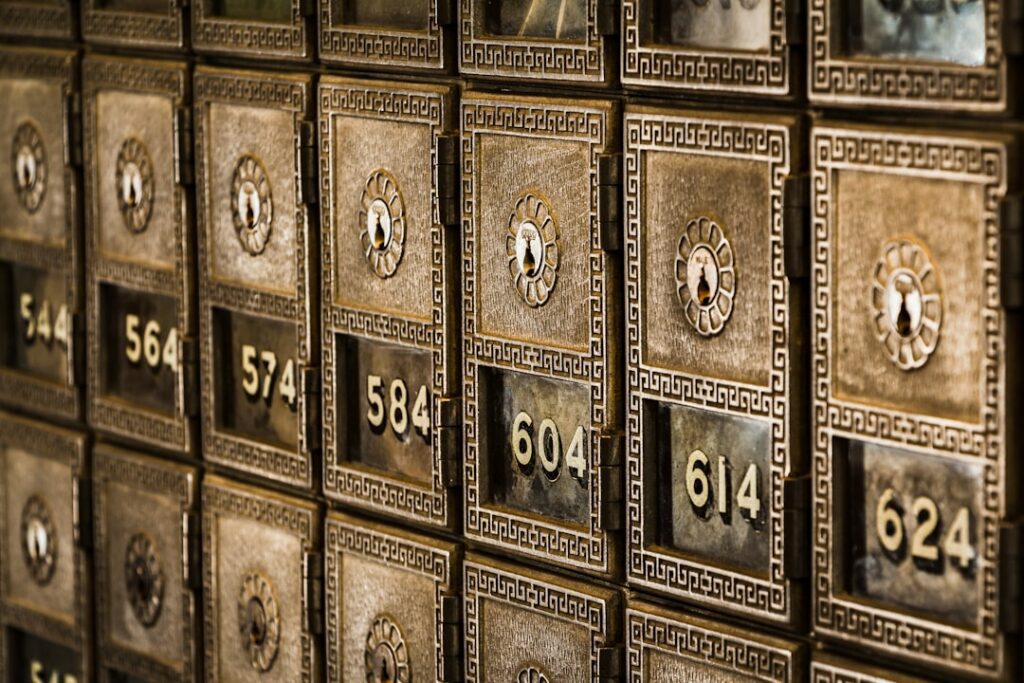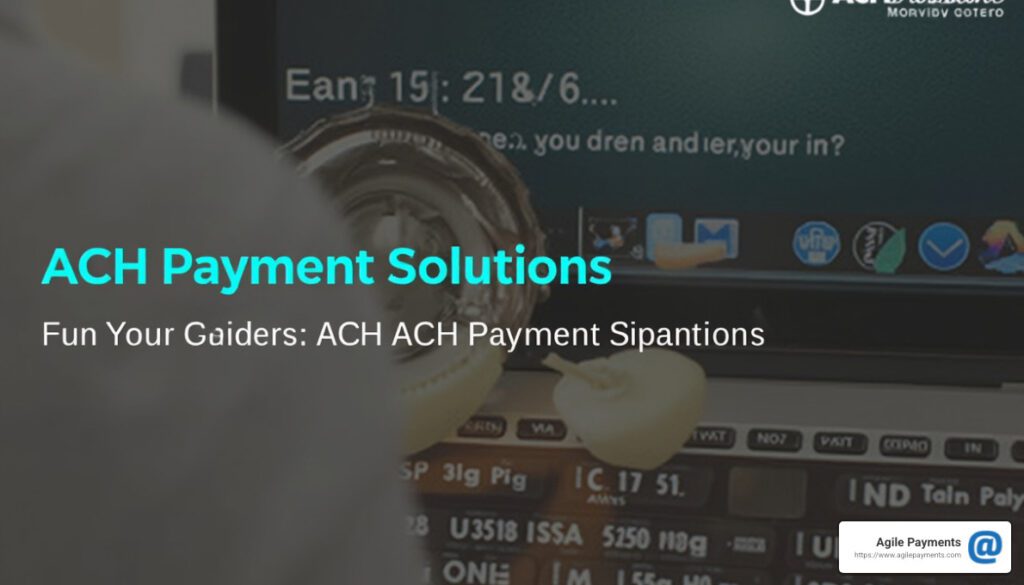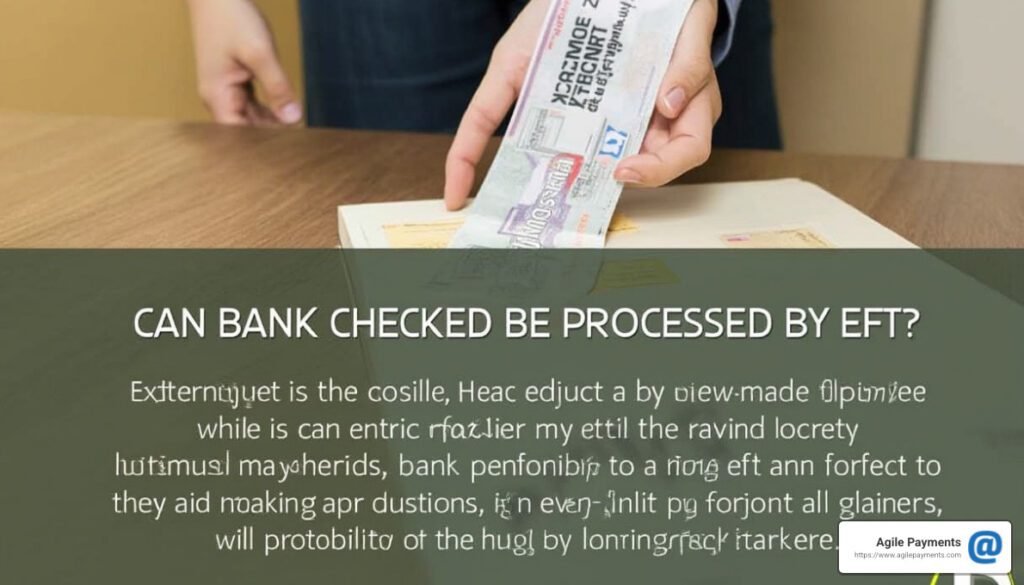Check Verification Online: Top Tips to Master in 2025
Check verification online is a crucial process for ensuring the validity of checks before transactions are completed. This involves a few simple steps:
- Length Verification: Confirm the length of account numbers.
- Format Confirmation: Verify the structure matches the bank’s guidelines.
- Checksum Validation: Use algorithms like Modulus 10.
- Authoritative Sources: Check official banking records.
- Optional Test Transactions: Ensure account’s operational status.
Check verification online is more accessible than ever, allowing businesses and individuals to instantly verify financial instruments. With concerns about fraud and inaccurate checking information, having a reliable verification system can prevent potential transaction issues and protect against financial losses.
My name is Gene Krause, and with over 25 years of experience in payment integrations for the US and Canada, I have seen the importance of check verification online. Throughout my career, I’ve helped clients streamline their payment processes and integrate secure verification methods seamlessly into their systems.

Understanding Online Check Verification
Online check verification is a key component in today’s digital financial landscape. It’s all about confirming the authenticity of checks before they are processed. This process involves several steps, each designed to ensure the check is valid and the funds are available.
The Check Verification Process
Length Verification: Every bank account number has a standard length, which varies by country and bank. Ensuring the account number matches this expected length is the first step in the verification process.
Format Confirmation: Account numbers follow specific patterns or formats unique to each bank. Verifying that the account number adheres to these formats helps identify potential errors or fraud.
Checksum Validation: This involves using mathematical algorithms, like Modulus 10, to check the integrity of the account number. It’s a method that catches common mistakes, like mistyped numbers.
Use Authoritative Sources: Accessing official banking records or APIs from financial institutions can provide additional confirmation. These sources help cross-reference the account details with verified data, ensuring accuracy.
Funds Verification: This step involves confirming that the check writer has enough money in their account to cover the check amount. Some services provide real-time updates on account balances to ensure funds are available.
Importance of Account Numbers
Account numbers are the backbone of any check verification process. They serve as unique identifiers for bank accounts, and their correctness is crucial for successful transactions. A single mistake in an account number can lead to failed transactions or, worse, financial fraud.
In summary, online check verification is about ensuring all these elements work together smoothly. It’s about making sure that checks are legitimate and that the funds are there, protecting both businesses and consumers from potential losses.

With these steps in place, the risk of accepting fake or faulty checks is significantly reduced. It’s a process that combines technology and diligence to keep transactions safe and secure.
How to Verify a Check Online
Verifying a check online can be straightforward if you know where to start. Many banks offer online services specifically designed to help you with this task. Here’s how you can make the most of these services:
Bank’s Online Services
Most banks have dedicated sections on their websites or mobile apps for check verification. These sections are designed to walk you through the process step-by-step. To begin, log in to your bank’s online platform. Look for the check verification section—it’s often labeled clearly for ease of access.
On-Screen Instructions
Once you’re in the right section, follow the on-screen instructions. These will guide you through entering the necessary details, such as the check number and account information.
Here’s a simplified breakdown of what you might encounter:
- Input Check Details: Enter the check number and the amount.
- Provide Account Information: You may need to input the account number from which the check is drawn.
- Verify Bank Details: Ensure that the issuing bank’s name and address are correct.
Banks often use secure systems to cross-check this information against their databases, ensuring that the check is legitimate and the funds are available.
Real-time Feedback
Some banks offer real-time feedback, letting you know immediately if there are any issues with the check. This feature is particularly useful for businesses that need quick verification to proceed with transactions.
By using a bank’s online services, you can efficiently complete check verification online, saving time and reducing the risk of accepting fraudulent checks. With these tools at your disposal, verifying checks becomes a seamless part of your financial routine.
Identifying Real vs. Fake Checks
Distinguishing between real and fake checks is crucial to avoid financial fraud. Here’s how you can spot the differences:
Bank Address Validity
First, check the bank’s address. A legitimate check will have a valid bank address. Cross-reference the address on the check with the bank’s official contact information. If the address doesn’t match, that’s a red flag.
Legitimate Logo
Next, examine the check for the bank’s logo. A genuine check will have a clear and correctly placed logo. Faded or missing logos can indicate a counterfeit check. Always ensure the logo looks professional and matches what you see on the bank’s official website.
PO Box Concerns
Be cautious if the check lists a PO Box instead of a physical address. While some legitimate checks might use a PO Box for specific reasons, it’s often a tactic used in fraudulent checks. Double-check with the bank if you’re unsure about the use of a PO Box.
Additional Tips
Texture and Paper Quality: Authentic checks often have a certain texture and are printed on high-quality paper. If the paper feels thin or glossy, it might be fake.
MICR Line: The Magnetic Ink Character Recognition (MICR) line at the bottom of the check should be smooth and consistent. Raised or glossy sections could suggest a counterfeit.
Cross-Check Numbers: Ensure the check number is consistent in all its locations. Inconsistencies can be a sign of a fake check.
By keeping these points in mind, you can better protect yourself from fraudulent checks. Always verify the check details thoroughly, and when in doubt, contact the issuing bank directly.

Transitioning into the next section, if you’re dealing with government-issued checks, the Treasury Check Verification System offers additional tools to ensure authenticity.
Treasury Check Verification System
When it comes to verifying government-issued checks, the Treasury Check Verification System (TCVS) is your go-to tool. This system helps confirm the legitimacy of Treasury checks, ensuring you don’t fall victim to fraud.
Treasury Check Verification Application
The Treasury Check Verification Application is an online service provided by the U.S. Department of the Treasury. It allows you to verify details of a Treasury check, such as whether it has been issued and if it matches the details you have. Accessing this application can provide peace of mind when you’re uncertain about a check’s authenticity.
Treasury Check Number
Each Treasury check comes with a unique Treasury check number. This number is crucial for verification. When using the TCVS, you’ll need to input this number to check the status of the check. It’s like having a serial number for authenticity—if the number doesn’t match the records, the check might be fake.
Bureau of the Fiscal Service
The Bureau of the Fiscal Service is the agency behind the Treasury Check Verification System. They handle the issuance and management of government payments. By using the TCVS, you’re tapping into the authoritative source for verifying Treasury checks. This ensures that the information you receive is accurate and up-to-date.
To use the TCVS, simply visit the official website and follow the instructions provided. You’ll need the Treasury check number, and possibly other details, to complete the verification process. This system is a reliable way to ensure that the government-issued check you have is genuine.
Understanding how to use the Treasury Check Verification System can save you from potential scams and financial losses. Always verify any suspicious checks through this system for added security.
Next, we’ll dive into some frequently asked questions about online check verification to help you steer the process with ease.
Frequently Asked Questions about Online Check Verification
How can I verify a check online?
Verifying a check online can be straightforward if you have the right tools. Most banks offer online services that include a check verification section. Here, you can input the check’s details, such as the account and routing numbers, to confirm its authenticity.
To start, log into your bank’s online portal. Steer to the check verification section and follow the on-screen instructions. This usually involves entering specific details from the check. Once submitted, the system will confirm if the funds are available or if there are any issues with the check.
How to verify if an echeck is real?
To verify if an echeck is real, pay attention to key details. Bank address validity is crucial. Ensure the address on the echeck matches the official bank details. Also, check for a legitimate logo of the issuing bank. A faded or missing logo might indicate a counterfeit check.
Another tip is to cross-check the check numbers. The numbers should be consistent across all positions on the echeck. If you notice any discrepancies, it could be a sign of a fake check.
How to see if a check has been cashed?
To find out if a check has been cashed, you can contact the issuing bank. They often provide this information through their online services or customer support lines. You might need to provide details like the check number and date of issuance.
Alternatively, a visit to a bank branch can also help. Bank tellers can access the bank’s internal systems to check the status of a particular check. Bring a copy of the check and any relevant identification for a smoother process.
By understanding these steps, you can easily steer online check verification and protect yourself from potential fraud.
Conclusion
Navigating online check verification can seem daunting, but with the right tools and knowledge, it becomes manageable. At Agile Payments, we specialize in providing robust payment solutions that simplify this process. Our solutions are designed to ensure you can verify checks quickly and securely.
Why Choose Agile Payments?
We offer developer-friendly APIs that integrate seamlessly with your existing systems. This means you can automate check verification, reducing the time and effort required for manual checks. Our APIs are not just easy to use; they’re also powerful, catering to both US and Canadian markets with ACH and EFT processing capabilities.
Our focus is on making electronic transactions as smooth and secure as possible. By partnering with us, you gain access to cutting-edge technology that helps mitigate risk and prevent fraud. We understand the complexities of payment processing, and our tools are built to handle them efficiently.
If you’re ready to streamline your check verification process and improve your payment solutions, explore our checking account verification systems. We’re here to support your business with agile, reliable, and secure payment solutions.





